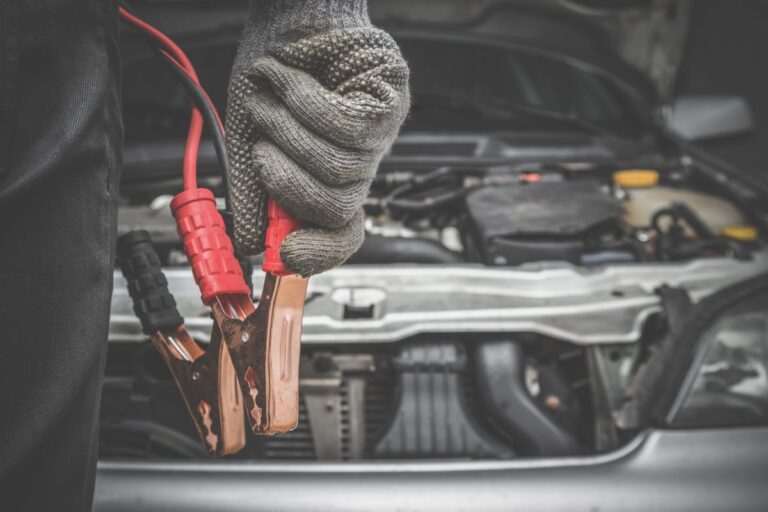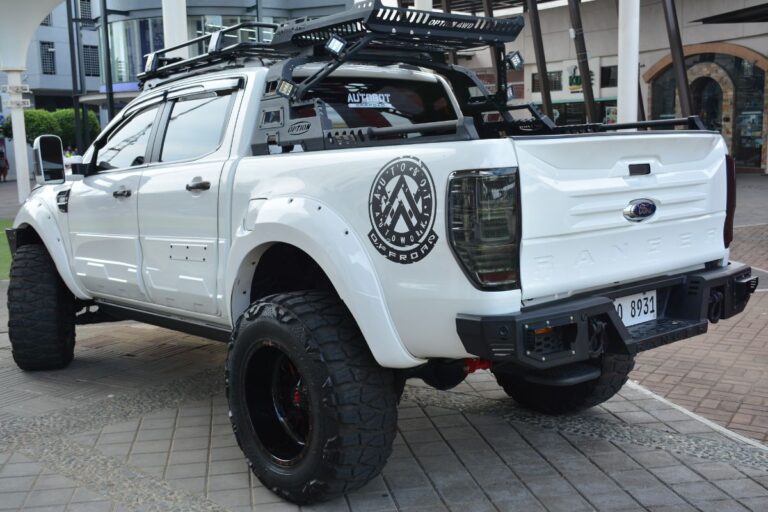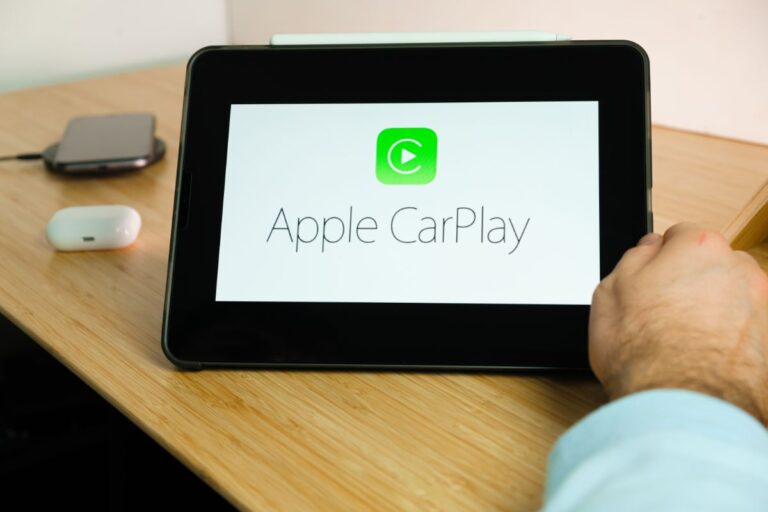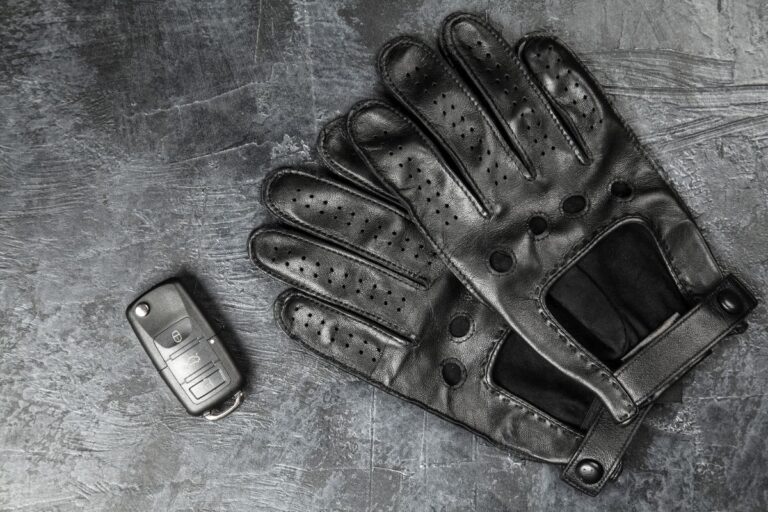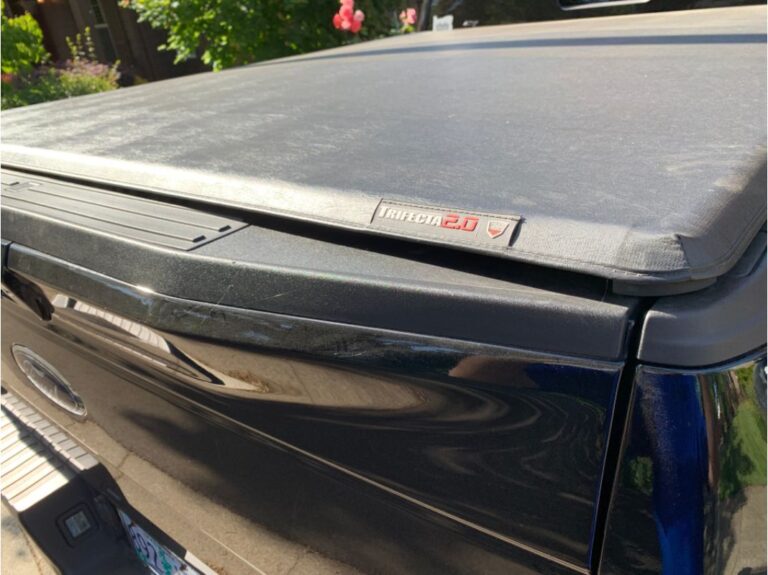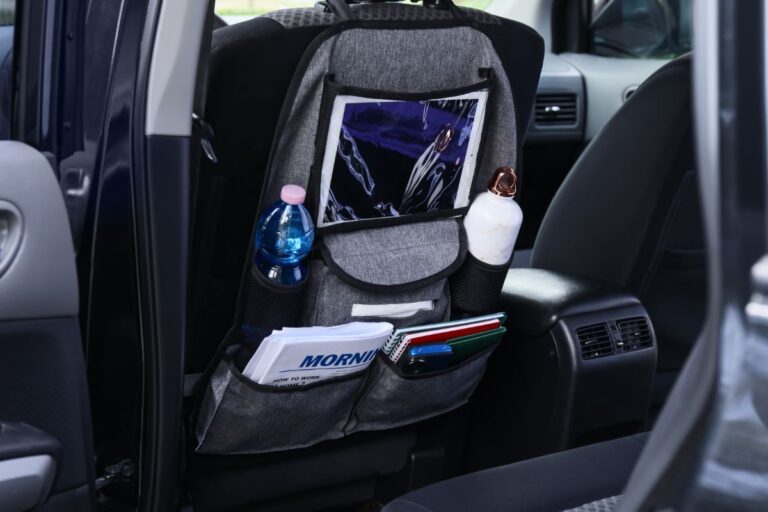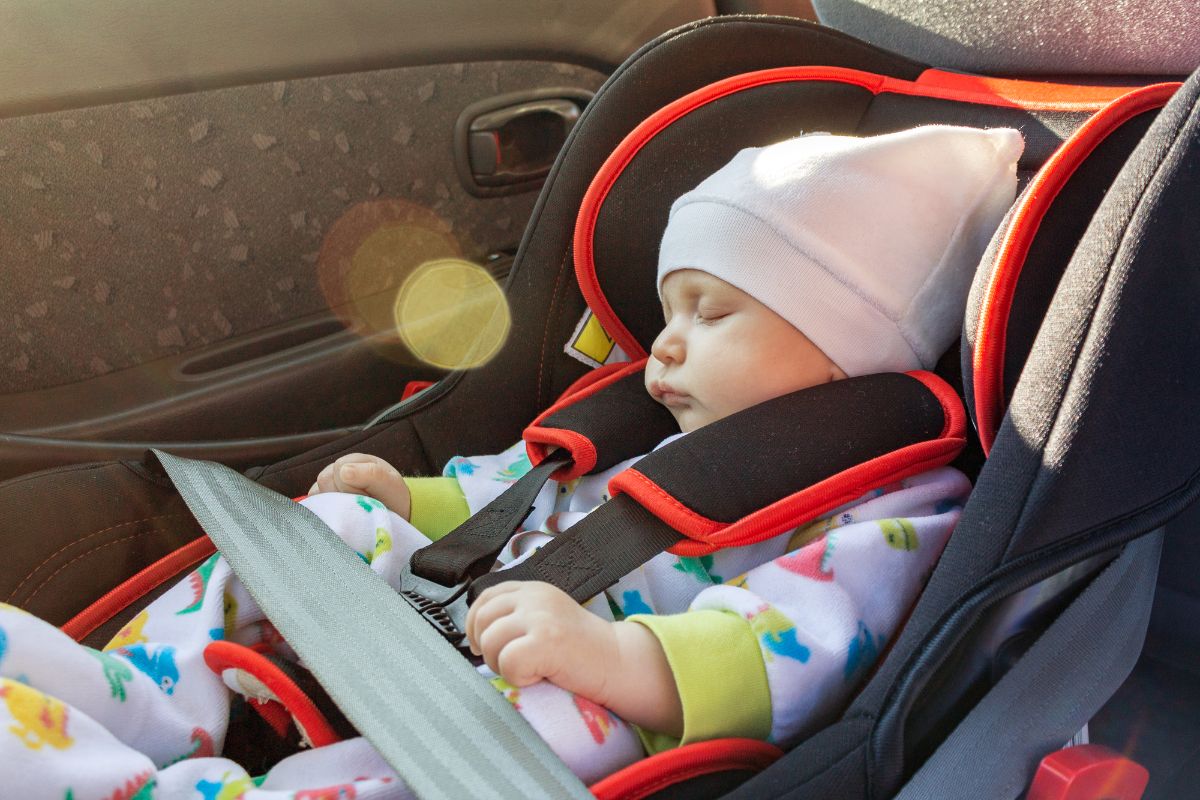
Did you know? A baby is at a higher risk of sustaining an injury in a car crash. That’s why proper use of a car seat is extremely important for the safety of your child while traveling.
Even before your baby arrives, a car seat is required, particularly when taking your infant from the hospital to his or her first home. A car seat is required until your child has grown to the point where he or she can be secured in an adult seat belt.
There are several different types of car seats from which to pick, and when it comes to selecting the best car seats for your infant, there are several aspects to consider.
We’ve compiled a list of the different types of car seats you may purchase including their features, pros as well as cons.
1. Infant Car Seats
This kind of car seat can only be placed rear-facing and it’s the most ideal option for the majority of new parents. The car seat is equipped with a detachable carrier that links to a base that’s installed in the vehicle.
It’s particularly suitable for newborns and smaller babies because it offers an excellent fit. You can also use this seat for children weighing between 4 and 40 lbs.
Infant car seats make excellent first seats because they can often be used as a carrier as well. You have the option of directly strapping the seat into the car or using a base that remains strapped to the car seat.
This is also an excellent seat to purchase if you own more than one car since you can purchase numerous car seat bases to attach to your other vehicles.
An infant car seat may be used for anywhere from six to twenty-four months, depending on the development rate of your child and the size of the vehicle.
Depending on the baby, some may outgrow their infant car seat more quickly compared to others. For safety’s sake, you should keep your infant rear-facing for as long as necessary.
According to the National Highway Traffic Safety Administration, you need to make sure that your child is kept in the rear-facing car seat up until they reach three years old or meet the height or weight requirement specified by the car seat manufacturer.
Premature newborns that weigh less than a particular amount may need to be placed in a car bed before being transported in an infant car seat.
These seats have the lowest shelf life and can only last up to two years or less based on how quickly your kid grows. Plus, some children may reach the seat’s weight requirement before they reach the age of two.
The advantages of infant car seats are that they are often smaller and more compact which makes them incredibly portable and suitable for travel. It is possible to utilize car seats with travel systems as well.
You can take the seat out of the automobile and transform it into a stroller with a few simple steps. The general rule of thumb is to change seats when your child reaches the seat’s maximum weight or height restriction.
Pros
- Can be used with travel systems
- Small and portable
Cons
- They have a very short lifespan, which is determined by how quickly your child grows.
- Varying brands and models have different height and weight restrictions
2. The Convertible Seat
As soon as your child outgrows the infant seat, a convertible seat is the logical next step. This must be bought before your child’s first birthday. Depending on your preference, the convertible seat may be fitted in two positions: rearward-facing or forward-facing.
With a strap mechanism that is very similar to that of an infant car seat and a high rear-facing weight restriction, you can be certain that your kid will be able to use this for a long time.
For newborns up to 3 years of age, the rear-facing position is recommended, and you may begin placing your kid in a forward-facing configuration when they reach 3 years of age.
In the forward-facing position, convertible car seats may accommodate youngsters weighing up to 65 pounds, based on the model. Some of them may even be converted into booster seats for older children if necessary.
They have many drawbacks, the most significant of which is that they are not portable and cannot be used as a baby carrier. They do not have any kind of foundation and are difficult to transport from one vehicle to another.
Some parents find it more difficult to utilize these larger seats for younger babies, even though their mass typically gives the impression of protection.
For convertible car seats, there are a variety of options.
From 0 to 4 years old. The rear-facing car seats in this set are suitable for newborns, but they can be switched to forward-facing as your kid develops.
Certain models allow infants to be rear-facing for 12 months, whereas others allow them to remain rear-facing for up to 2.5 years, which is generally preferable because of the improved safety that comes with placing car seats in this position.
6 months to 8 years. Once your child is past the age of using a rear-facing car seat, you may utilize these forward-facing seats instead. After four years, this can be turned into a booster seat.
0 to 8 years. During the first 12 months, your kid will be able to face backward and then switch to a forward-facing position on this seat. The detachable harness on certain models allows them to be used as a booster seat as well.
However, it is crucial to examine whether or not the car seat will continue to fit your lifestyle for the duration of the eight-year term (since they may be very large), as well as the impact of wear and tear over the course of the lifespan.
Pros
- Lasts a very long time
- Extremely comfortable
Cons
- Not portable, it cannot be used as a baby carrier.
- It does not have a base hence difficult to transport.
3. All In-one Seat
All-in-one seats, also known as 3-in-1 seats, are identical to convertible car seats, with the exception that they may also be used as a booster seat as necessary.
Because you only need one seat, it will grow with your kid, from rear-facing to forward-facing to a booster seat till they are mature enough to simply use a seatbelt.
These are very cost-effective since they take a child from newborn to booster seat. Plus, they’re suitable for children weighing 4 to 50 pounds when rear-facing, 20 to 65 pounds when forward-facing in a harness, as well as 30 to 120 pounds when using a booster seat in the rear-facing position.
With all that said, these huge and hefty car seats generally lack the simplicity of a retractable carrier. They may also not be suitable for smaller infants or toddlers (or smaller vehicles).
The seats might be useful as a backup or as an additional seat for a caregiver who travels with children on a less frequent basis. It will also be suitable for your kid from their infancy up to the point when they are no longer in need of a seat.
All in one seats are, however, similar to convertible seats in that they are heavy, large, and difficult to transport and travel with.
Pros
- Offers a lot of comfortability
- Can last a long time
Cons
- May not survive past manufacturers expiry date
4. Booster Seat
Booster car seats should only be used for children who are in a forward-facing posture. Depending on the model you choose, the minimum weight requirement is between 30 and 40 pounds.
The best part is that the booster car seat will operate until your kid reaches the age when he or she will no longer need a car seat.
As baby car seat legislation evolves and varies from state to state, several jurisdictions are adopting stricter weight restrictions for children traveling in vehicles.
This sort of car seat is equipped with its own set of buckles or harnesses, and it can even make use of the seat belt already installed in your vehicle, depending on the model.
The most comfortable option for your youngster will be determined by his or her height. If at all feasible, test the car seat with your kid on it before making a final decision.
Types of Booster Seats
a. Booster Seat with High Back
This sort of booster seat is meant to increase the height of the kid for the seat belt to fit correctly. The device also offers neck as well as head support, making it an excellent choice for cars that lack head rests or high seat backs.
b. Backless Booster Seat
This is intended to increase the height of the youngster for the seat belt to fit correctly. It does not give any support for the head or neck. It is especially well suited for cars that feature headrests.
c. Combination Seat
Designed to grow with your kid, this seat converts from a forward-facing car seat with a seatbelt to a booster seat.
Pros
- Some of the models are portable and simple to set up.
- It is available in two different styles: high-back and backless.
- Children will find it more pleasant to rest their heads against it.
Cons
- The majority of models are difficult to set up.
5. Toddler Booster
This kind of seat may only be used by children who are within the necessary weight, age, and height requirements to be seated facing forward in a chair.
These are built to be forward-facing exclusively and come with a strap (for usage up to a particular height and weight) before transitioning to a booster, which removes the harness altogether.
Children weighing around 20 to 90 pounds when strapped, and 30 to 120 pounds while in booster mode, are appropriate for these seats.
Toddler boosters are a much more accessible alternative to convertible seats (assuming your kid fits the forward-facing size and weight criteria), and they offer a safe choice for older children who are not yet fit to use a booster or a transition seat in a vehicle.
Pros
- Very affordable
Cons
- Only available in forward-facing design
Frequently Asked Questions
How Long Can I Use an Infant Car Seat?
You may use this seat from the time your kid is born until he or she reaches the maximum height or weight restriction for the seat. Generally, the height restriction might be as high as 32 inches, while the weight limit can be as low as 4-35 pounds.
The height and weight limits of a car seat might vary based on the manufacturer and type of the seat. Nevertheless, on average, an infant car seat can accommodate a child until they are between the ages of 1 to 2 years.
What Kind Of Car Seat Should I Get For My Baby?
Well, this depends on the situation. If mobility and accessibility are important to you, consider purchasing an infant car seat.
If you’re a cautious consumer who wants to keep the cost of baby gear as low as possible, a convertible may be the best option. In terms of selecting the best car seat for you, there is no such thing as a cookie-cutter answer.
What Is the Importance of a Car Seat for Infants?
Having a car seat that is appropriate for your kid’s age and developmental stage is critical to ensure the safety of your child in the event of an accident.
Despite the fact that car accident deaths among children under the age of 12 have reduced by 43 percent over the previous decade, thanks in part to the improved usage of car seats, car accidents remain the top cause of death for children under the age of 12.
That’s why when fitting the seats, you must make sure that they are placed correctly. Studies show that 46 percent of children’s safety car seats and booster seats are incorrectly placed which makes the child more susceptible to an accident.



![Britax One4Life ClickTight All-In-One Car Seat – 10 Years of Use – Infant, Convertible, Booster – 5 to 120 Pounds, Cool Flow Moisture Wicking Fabric, Cool N Dry Charcoal [Amazon Exclusive] Britax One4Life ClickTight All-In-One Car Seat – 10 Years of Use – Infant, Convertible, Booster – 5 to 120 Pounds, Cool Flow Moisture Wicking Fabric, Cool N Dry Charcoal [Amazon Exclusive]](https://m.media-amazon.com/images/I/41WXRFksNOL._SL500_.jpg)




